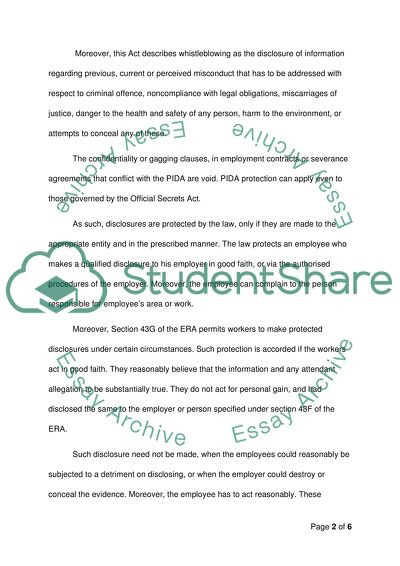Cite this document
(“Law & modern corporation in international context - seen exam essay Qs”, n.d.)
Retrieved from https://studentshare.org/law/1645694-law-modern-corporation-in-international-context-seen-exam-essay-qs
Retrieved from https://studentshare.org/law/1645694-law-modern-corporation-in-international-context-seen-exam-essay-qs
(Law & Modern Corporation in International Context - Seen Exam Essay Qs)
https://studentshare.org/law/1645694-law-modern-corporation-in-international-context-seen-exam-essay-qs.
https://studentshare.org/law/1645694-law-modern-corporation-in-international-context-seen-exam-essay-qs.
“Law & Modern Corporation in International Context - Seen Exam Essay Qs”, n.d. https://studentshare.org/law/1645694-law-modern-corporation-in-international-context-seen-exam-essay-qs.


